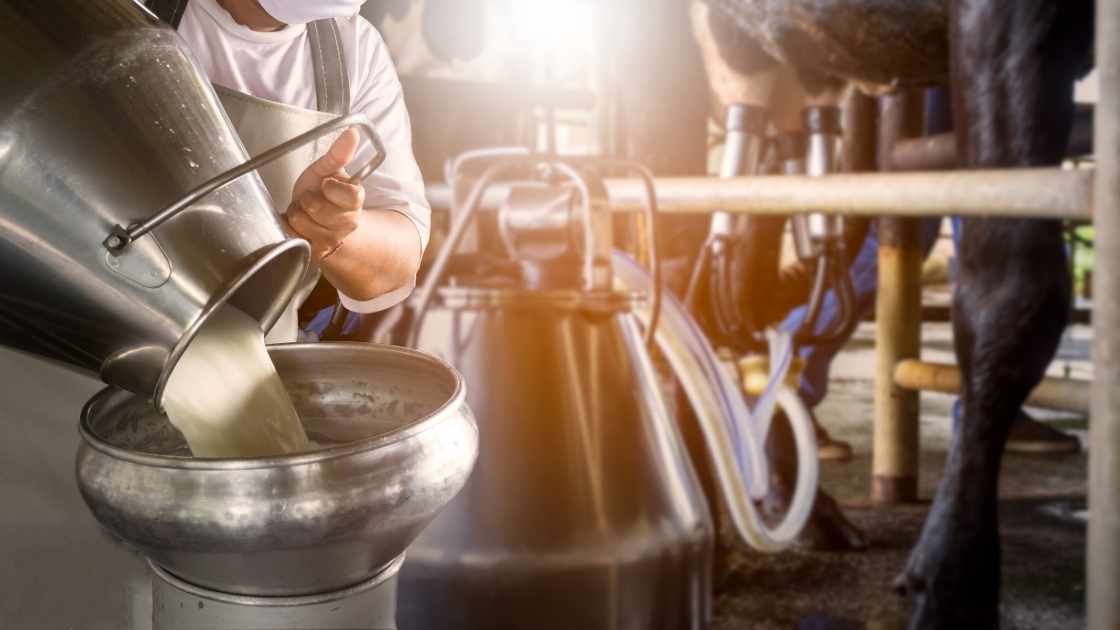India is the world’s largest milk producer, accounting for around 22% of global milk production in 2019 and generating over 196 million tonnes of milk.
In recent decades, developing nations have increased their share of global dairy output. This development is mostly due to an increase in the number of producing animals, rather than an increase in output per head.
According to Arun, a youth who runs a Dairy farm in Karnal, Haryana, “Cow milking vacuum machines are way better than normal hand milking as Cattle do often get irritated when milked by hand, however, vacuum machines are way smoother and only need to be cleaned once in a while.” It can also complete a 15 to 20-minute job in around 5 minutes.
This demonstrates how much technology and innovation contribute to every sector. It saves time, money, and resources while also generating more items in the same period of time.
This also helps Dairy farmers to use their extra time in other areas of their interest, listed below are some technological innovations in the field of dairy.
Cattle Health Monitoring Devices
Health difficulties have an impact on cattle output, lifespan, and reproductivity. Every year, farmers spend a lot of money on their cattle’s health and well-being.
Farmers can use wearable animal electronics comparable to human fitness trackers to measure, monitor, and control cattle’s health, nutrition, behaviour, pregnancy, milking frequency, milk production abnormalities, and activity level in real-time. These clever animal trackers can be implanted in the cattle’s ears, tail, legs, throat, or any other portion of the body.
Cattle Traffic Management Software
Managing and transporting animals to milking stalls and back to their sheds or barns can be time-consuming. There’s also a danger the animals will be harmed. In an automated livestock traffic management system, computer-controlled gates open and close electrically. These gates may separate calves based on whether they are ready to be milked or not. The animals who are ready to be milked are transferred to the milking area, while the others are either placed in a waiting area or returned to their barns.
System for Feed Management
Cattle feed needs are regulated by the health of the animals as well as the weather. A sick or pregnant cow, for example, could require more nutrition. When the weather is hot and humid, cattle require more glucose in their diet. A range of feed technologies generate individualised feed additives, supplements, premixes, and base mixes to ensure optimal milk production throughout the year. For example, the National Dairy Development Board (NDDB) has developed bypass protein technology to supply precisely processed protein supplements that may be administered to calves to increase milk output and quality.
Then there are digital feed monitoring technologies, which may help farmers identify feed quality, manage feed stockpiles, and determine their cattle’s feeding patterns. In fact, with a feed monitoring programme, you can develop a personalised diet for each cow based on their body weight, milk quality, and production, therefore enhancing fertility and productivity.
The above list of technologies is thorough but not exhaustive. Most dairy technologies are currently suffering acceptance challenges in India, owing to the fact that the majority of the Indian dairy industry is still comprised of small-scale and disorganized firms that lack the financial resources, access to technology, and expertise to adopt it. The good news is that India has already begun the dairy technology revolution, and it is only a matter of time until these innovations became mainstream.

